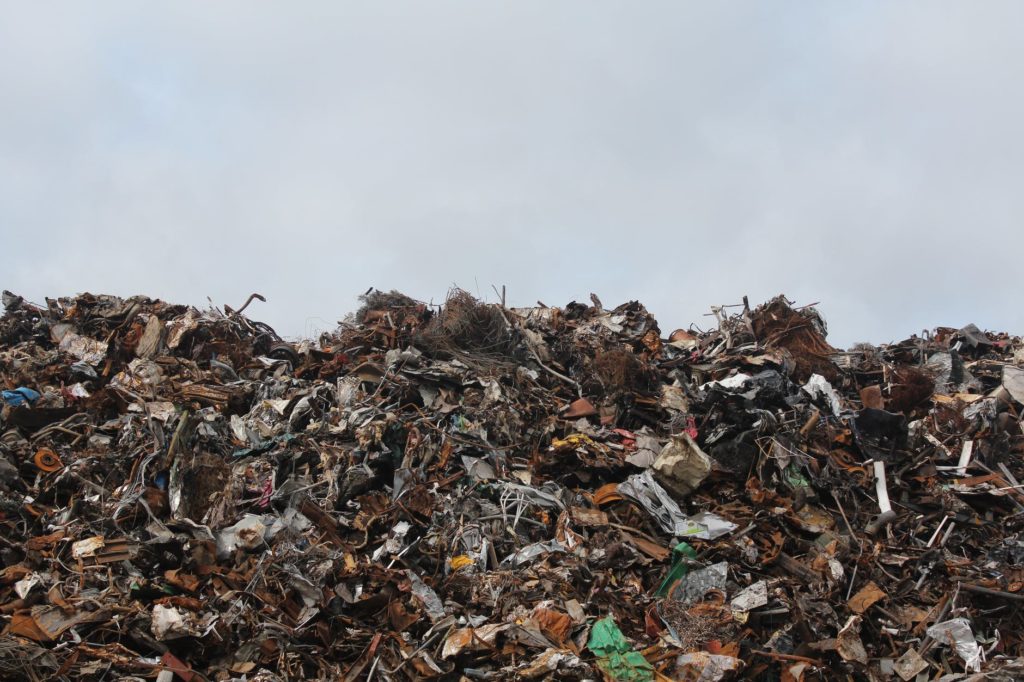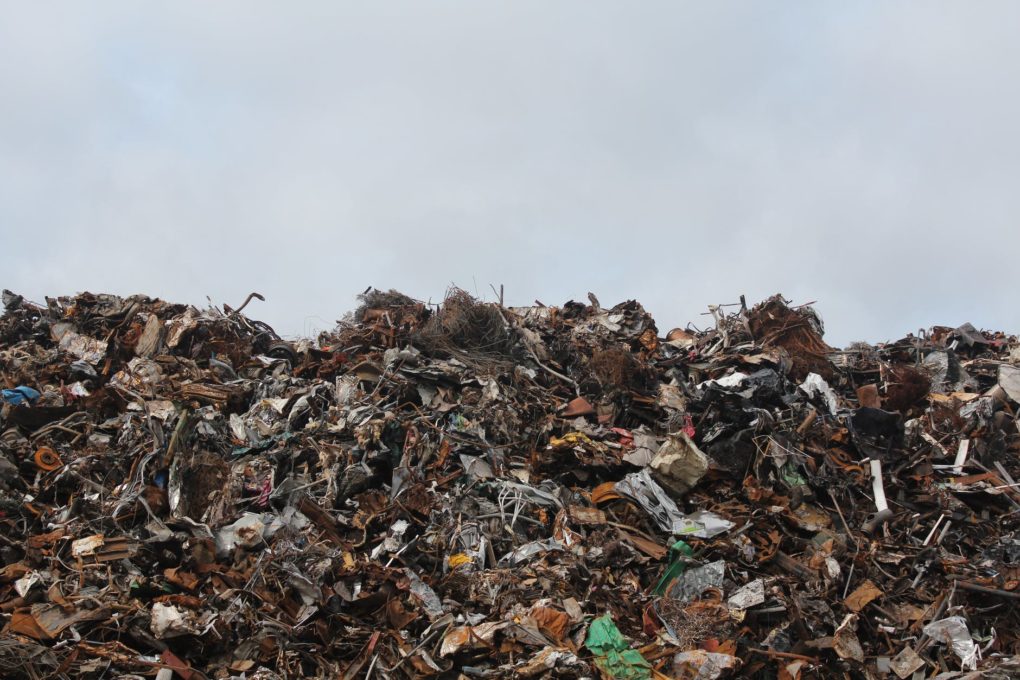The New Shape Of Food Waste: What COVID-19 Revealed About Our Systems

Food waste is a long-standing problem in the United States. Huge quantities of fresh food are discarded during processing for minor flaws, while even more goes to waste in stores and due to rotting in home refrigerators. Since the start of the COVID-19 pandemic, though, food waste has really been in the spotlight. Videos of potatoes being dumped into a hole went viral, and huge quantities of milk and eggs went to waste, despite empty store shelves. Meanwhile, the farmers who were unable to sell these goods struggled to pay their bills. What’s going on?
Supply Chain Disruption
Grocery store shelves aren’t empty because there isn’t enough food to fill them. They’re empty because of the ways in which COVID-19 has disrupted supply chains. Here’s how that happens.
First, COVID-19 means that people are eating at home much more, and because they’re shopping less, they’re buying more during each trip. Unfortunately, stores, farms, and manufacturers have to plan for consumer demand many months in advance; demand patterns determine what farmers plant, how much packaging is available, and how items are delivered. Meanwhile, major buyers like schools, restaurants, and airlines who would purchase foods in bulk or in unusual packaging sizes stopped buying.
Because of packaging norms for places like schools and airlines, products can’t just be rerouted. Grocery stores don’t want a bunch of tiny milk pints meant for schools or little loose bags of carrots, and neither do they want unmanageable bulk bags of flour, rice, or other staples. If there’s plenty of food but no appropriate packaging, it can’t be distributed.
The Digital Dash
Another major COVID-19 supply chain disruption has manifested as an increase in online grocery shopping. This has required stores to significantly reconsider how to distribute food and to invest further in digital offerings. Many have also found themselves serving a large number of gig workers shopping for others. It’s a strange situation for an industry that has otherwise been slow to move towards ecommerce, but it’s an exciting opportunity.
Part of this digital revolution is allowing consumers to find their favorite brands at nearby grocery stores, enabling them to purchase the exact item they want. Applications like Where to Buy that provide product availability information so that shoppers can easily find what they’re looking for, both in brick and mortar stores and online. Additionally, with stocking and distribution patterns changing greatly in a short period of time, the more data brands and consumers have, the better supply chains can be managed.
How We Eat, How We Shop
With time, stores can adjust to changing demands, but consumers should also start rethinking their shopping habits in an effort to ensure food security while minimizing waste. To put it another way, this is a good time to learn from experienced preppers. Among this group, general guidelines include always buying toilet paper, dry milk, canned goods, rice, and other shelf stable ingredients. Buying a small amount of these things each time you shop prevents the need to “panic shop” and is less likely to disrupt stock availability. And, because you’re purchasing items that don’t go bad quickly, you don’t have to worry about them going to waste – buyers just need to be sure they’re rotating their stock.
Beyond building prepper-like habits, COVID-19 has also changed how people eat in ways that could be more sustainable in the long-term. Specifically, they’re cooking more at home, turning to longer lasting and more old-fashioned foods. These items don’t wind up in the landfill as quickly, so once there’s a more stable supply chain in place, both store-based and home-based waste could decrease.
Food waste is a serious problem, one driven by broken systems and a failure to get food into the hands of people who need it. If COVID-19 has helped bring this broken system to light, that could benefit a lot of people well after the virus is under control.



